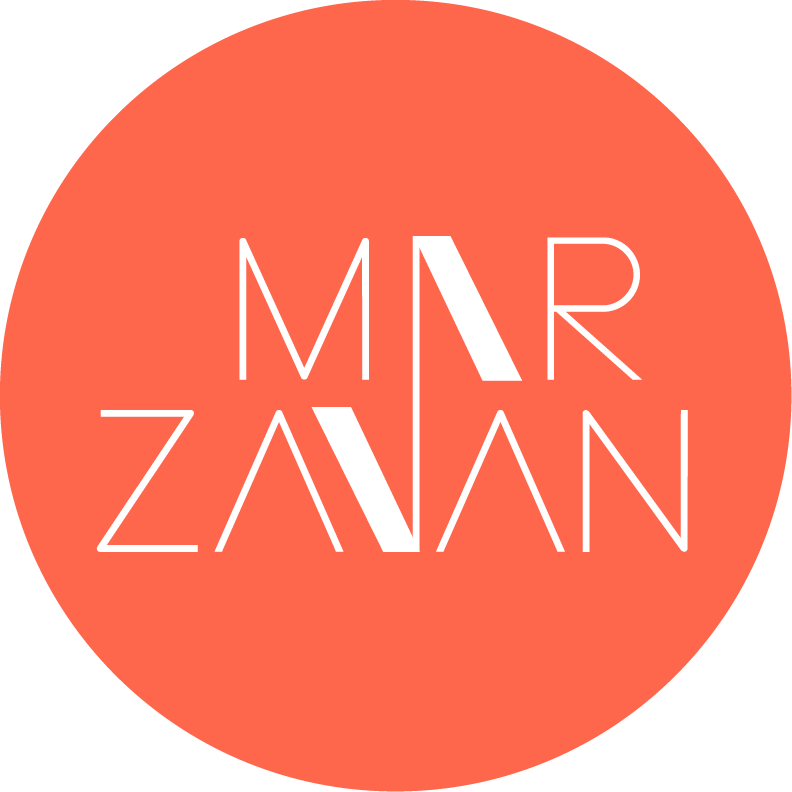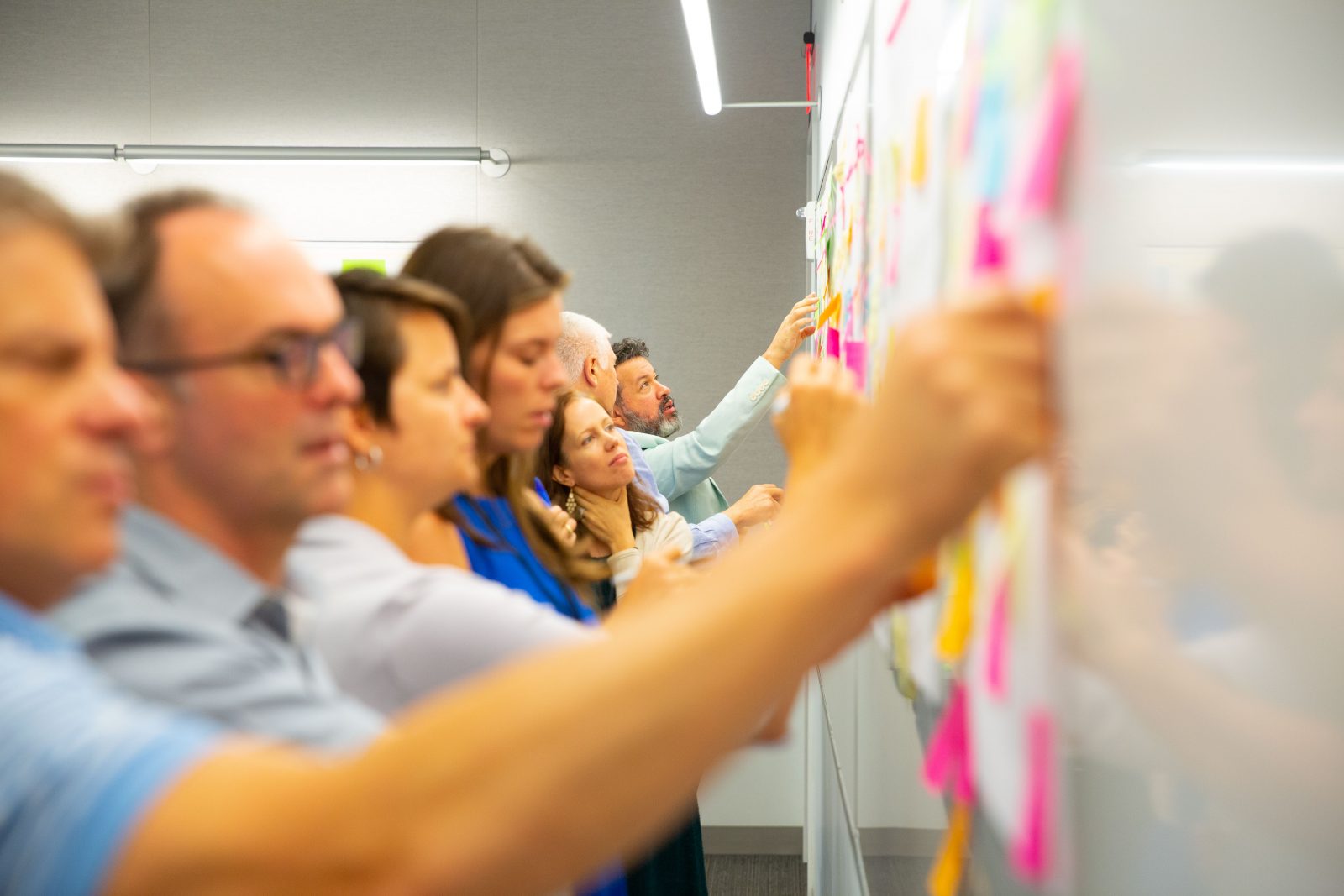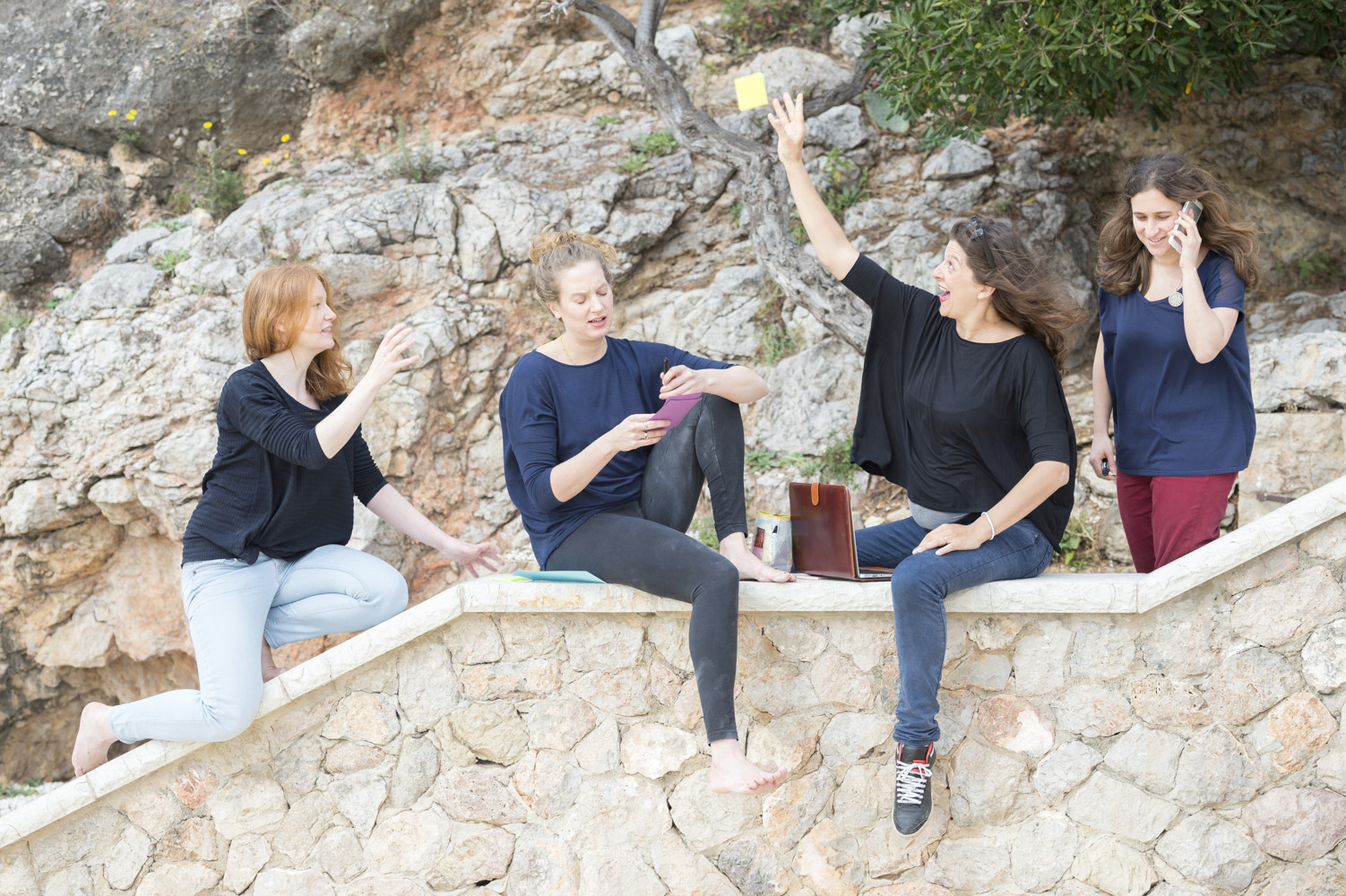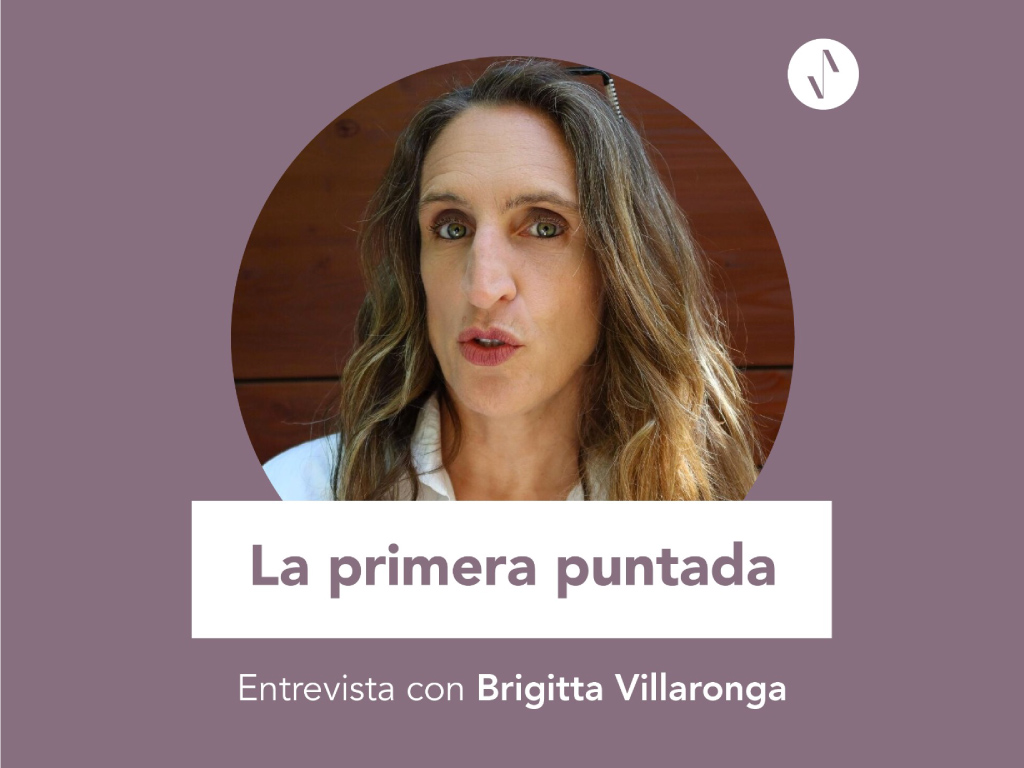
En mayo de 2020, junto a Brigitta y Charo, organizamos y desarrollamos el concepto de Campo Virtual Latino (CVL), un proyecto que, entre muchos otros logros, nos permitió introducir el Design Thinking como herramienta para ayudar a las comunidades remotas de América Latina a permanecer activas y defender sus intereses durante los tiempos del COVID-19 a pesar de las amenazas propias de esta y la naturaleza misma de una región sacudida por crisis desde antes de este año.
Una experiencia enriquecedora que nos permitió conocer nuevas e increíbles personas y acercarnos aún más (desde la distancia) a aquellas que siempre han aportado valor y pasión a nuestra vida profesional.
Hoy queremos brindarle un espacio a Brigitta Villaronga, una de las mentes detrás de esta iniciativa, para que nos cuente cómo empezaron a tejer este bonito telar llamado Campo Virtual Latino.
Change Darer: Hola Brigitta, es un honor tenerte como la primera entrevistada de nuestro blog y poder escuchar de primera mano cómo se sembró la semilla de lo que hoy conocemos y disfrutamos como Campo Virtual Latino. Cuéntanos ¿qué las inspiró a crear este espacio? ¿y cómo se inspiraron para simbolizarlo con un telar?
Brigitta Villaronga: ¡Hola! Para mi también es un gran honor ser la primera en compartir ideas e inspiraciones en este blog.
¿Cómo se sembró la semilla? En realidad, nuestro colega y amigo Holger Nauheimer, fundador de los Burning Change Days, nos escribió el 28 de febrero diciendo que al parecer 2020 sería como otros años de crisis, en los que se han cancelado eventos y se ha dejado de financiar los momentos de capacitación de las empresas. Esto, para toda la red y comunidad de consultores en capacitación y gestión de cambio, podía ser un problema, ya que seguramente faltarían encargos y contratos.
Entonces, él fundó Virtual Collaboration Works e invitó a las personas que le parecían las más adecuadas para su red. De ahí surgimos unas 30 personas con las que creamos una realidad hasta finales de marzo manifestada en un campus virtual y yo, como a las 3 semanas, pensé que esto lo teníamos que llevar a América Latina, pues esta región padecería aún más los efectos de esta crisis.
Siendo así, le pregunté a mi querida amiga y colega Charo, si se lanzaba conmigo, pues éramos las dos latinas del proyecto del VCW. Entonces yo llamé a la red que ya conocía desde hace 10 años, cuando era directora de una oficina de la cooperación internacional con sede en Lima, ella llamó a su gente y ahí empezamos a pensar juntos. De la mano de este equipo, al mes ya habíamos creado nuestra propuesta de CVL.
“vean, les vamos a poner un telar y todos somos un tejido, todos hacemos esa nueva realidad, no podemos esperar a que alguien nos vaya tejiendo algo, vamos a presentar una nueva realidad, la tenemos que tejer todos juntos”
Brigitta Villaronga
Ahora, al telar surgió cuando buscamos una metáfora que funcionara para la gente indicando que no vamos a crear simplemente una academia sino una nueva realidad a partir de lo virtual. Y, con el tiempo, nos dimos cuenta que la metáfora del telar significa y simboliza la cosmovisión andina en casi todas las culturas de América Latina, que tiene una importancia tremenda, pues, a parte de ser una parte cultural de todos los pueblos, en el telar también se tejen los aprendizajes y lo más importante de la cultura. Y, sobre todo, con sus múltiples colores, nos permitía decir: “vean, les vamos a poner un telar y todos somos un tejido, todos hacemos esa nueva realidad, no podemos esperar a que alguien nos vaya tejiendo algo, vamos a presentar una nueva realidad, la tenemos que tejer todos juntos”. Y eso lo hicimos como equipo del CVL y con todos los participantes, quienes así se convirtieron en tejedores.
Entonces, así creamos el primer anillo de tejedores, un equipo conformado por unas 15 ó 20 personas. Después vinieron los tejedores del segundo anillo, los capacitadores, como ustedes. Dentro de los cuales, cabe anotar que Daniela también hizo parte del primer anillo y nos ayudó mucho a concebir todo el proyecto y a pensar en cómo podíamos integrar momentos de incubación usando el Design Thinking. Y, así mismo, pensamos que los tejedores del tercer anillo serían los mismos participantes, para que no se sintieran como simples consumidores de una propuesta, sino para que también pudieran tejer una nueva realidad desde lo virtual.
Ya para concluir esta respuesta, sabíamos que el mundo de marzo de 2020 sería completamente diferente al marzo de 2019. Lo virtual ha llegado, ha llegado para quedarse y esto ya no se irá. Hay que aprender a vivir no solo con esa realidad sino aprovecharla para un mejor desarrollo para más gente. Y sabíamos que había mucho que aprender, nosotros mismos hemos aprendido muchísimo y queríamos compartir con los que están más necesitados. Y así lo vemos hoy, en agosto, casi en septiembre de 2020, con una América Latina que nos comprueba que se necesita mucho apoyo durante y después de esta crisis sanitaria, pues vamos a enfrentar probablemente la peor crisis económica desde la Primera Guerra Mundial. Entonces necesitamos hacer algo, necesitamos crear nuevas propuestas a partir de lo virtual.

Change Darer: ¡Muy interesante! Sobre todo teniendo en cuenta las circunstancias y dificultades que hemos venido viviendo desde el primer semestre de este año. Algo que inevitablemente me lleva a preguntarte ¿cuáles fueron las barreras que encontraron para llevar a cabo el proyecto? y, mejor aún ¿cómo lograron superarlas?
Brigitta Villaronga: Yo creo que la mayor barrera fue que teníamos que aprender muchísimo más sobre cómo se hace lo virtual, cómo se facilitan procesos participativos desde lo virtual, cómo se usan las herramientas, las plataformas, cuáles se pueden usar. No todas las empresas o entidades, sobre todo del sector público, pueden usar las herramientas que están en el mercado porque están limitadas por el tema de seguridad de datos. Y esos son problemas vemos ahora, cuando estamos ya implementando por encargo. Por ejemplo, con la Cooperación Alemana tenemos un campo virtual para ellos, uno lo estamos haciendo por Zoom y otro por Microsoft Teams por el tema de protección y seguridad de datos.
La otra barrera fue la divergencia en la visión respecto a lo que queríamos hacer, pues no sabíamos qué era lo que íbamos a construir, no teníamos una idea clara y sólo sabíamos que tenía que ser una propuesta de capacitación. Pero queríamos hacer una propuesta diferente, no sólo cuatro días de capacitación como el Virtual Collaboration Campus (VCC), que es la madre del Campo Virtual Latino, sino más bien un proceso de aprendizaje en el que también se gestara el siguiente tejido. Un telar para varios tejidos.
Entonces el reto era conocernos bien para aprovechar lo mejor de la diversidad del sistema. Y bueno, no nos conocíamos todos. Charo y yo convocamos, por ello, algunos ya nos conocíamos, con otros nunca nos habíamos visto en la vida y había que crear equipo sobre la marcha con solo un mes para armar la propuesta.
Para lograrlo, usamos una herramienta que nos permitió construir equipo y reconocer la diversidad, apreciarla y sacar el mayor provecho de ella para encontrar nuevas soluciones, incluso a los problemas que ya teníamos antes y se han agudizado ahora.
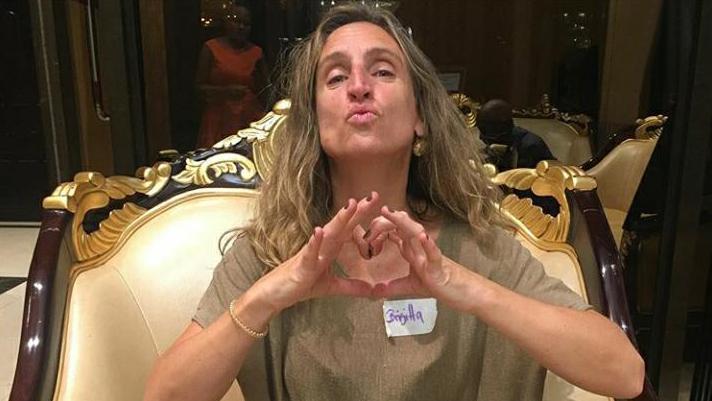
Change Darer: buenísimo, un gran ejemplo de cómo transformar la adversidad en oportunidad. Ahora cuéntanos ¿cómo fue el proceso, y el secreto, para reclutar 52 facilitadores y más de 350 participantes? ¿Qué los motivó a ellos? ¿Cómo los filtraron?
Brigitta Villaronga: Bueno, yo creo que la gran ventaja fue haber sido los primeros en proponer este tipo de iniciativas durante esta crisis. Como lo mencioné, el 28 de febrero se inició el VCC y el CVL ya lo habíamos empezado a construir desde finales de marzo, el primer evento inaugural el 8 de mayo y entre el 15 y 16 ya habíamos hecho entrega de los primeros 2 días en línea, así que fueron apenas 5 semanas de construcción de esta propuesta.
Y entonces, cuando hicimos la convocatoria muchos se sintieron atraídos porque sabían que ahí estaba pasando algo muy interesante e innovador y estábamos, como diría Otto Scharmer, liderando desde el futuro porque sabíamos que esto se iba a quedar y teníamos que empezar a prepararnos.
Entonces creo que reclutar 52 facilitadores fue más o menos fácil. Compartimos esto con nuestras redes, hicimos un proceso muy sistemático de selección, tuvimos criterios para garantizar la experiencia, la pertinencia y, sobre todo, la interactividad y la didáctica, pues el aprendizaje no es de cátedra sino de interacción.
Creo que estaban muy motivados y les dijimos que si había ganancias las íbamos a compartir. Sin embargo no tuvimos grandes ingresos pero sí construimos un equipo con roles administrativos, tecnológicos, de comunicación y mercadeo. Además de un grupo muy ágil dedicado a los contenidos y encargado de seleccionar las propuestas. Este grupo filtró la mitad de las propuestas, dejándonos otra mitad que podemos aprovechar para hacer una siguiente edición de CVL.
Change Darer: Brigitta, muchas gracias por el tiempo y las respuestas de esta primera parte de la entrevista. Definitivamente CVL fue una experiencia que trascendió más allá de cada una de nosotras. Sin ir más lejos cada una de las tejedoras expandió su red y nos permitió tener el apoyo de facilitadores de redes como DTG Spain y Hyper Island entre otras de manera pro bono a este hermoso proyecto social.
Muy pronto revelaremos la segunda e inspiradora parte de esta profunda charla con nuestra querida Brigitta. ¡Los retamos a estar sintonizados!
